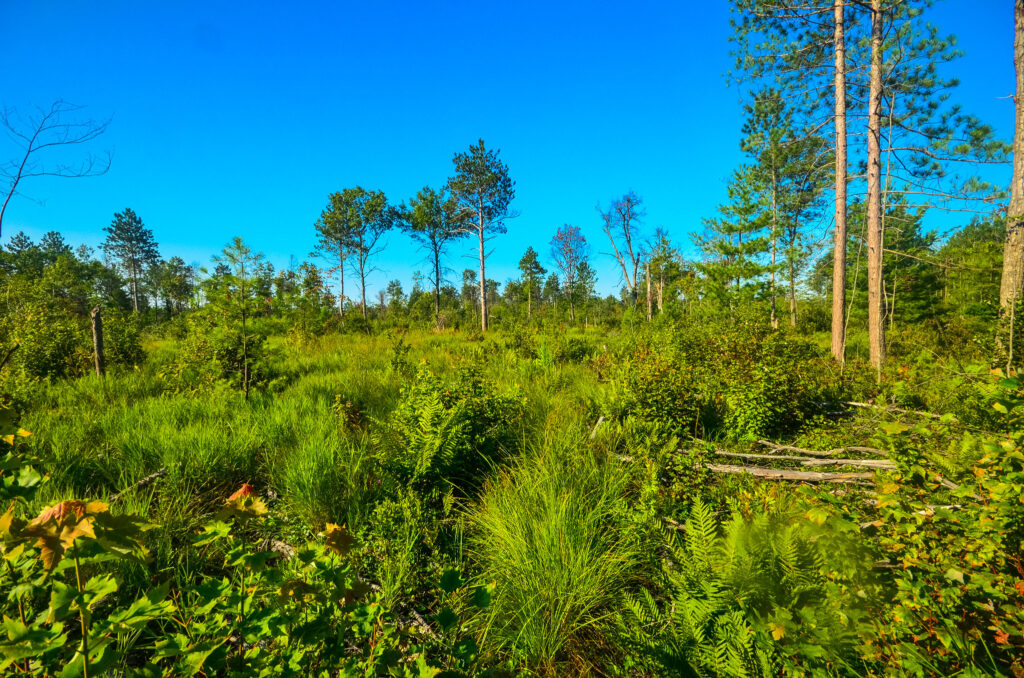
As the world seeks to reduce the greenhouse gas emissions that have been warming the climate, most of the focus has been on the primary contributors to the problem, such as the burning of fossil fuels. But there are many smaller contributors to greenhouse gas emissions that individually play only a minor role but collectively add up to significant amounts. One of these is the emissions from peatlands.
Peatlands are a type of wetland that occur in almost every country on Earth, covering 3% of the global land surface. They are terrestrial ecosystems in which waterlogged conditions prevent plant material from fully decomposing. As a result, the production of organic matter exceeds its decomposition, which results in a net accumulation of peat. Peatlands are, in fact, the largest natural terrestrial carbon store, storing more over 700 billion tons of carbon, more than all other types of vegetation combined.
Human activity, such as creating drainage in peatlands for agriculture and forest plantation, results in the release of over 1.6 billion tons of CO2 into the atmosphere each year. This constitutes 3% of all global greenhouse gas emissions caused by human activities.
Large numbers of people rely on peatlands for their livelihoods, so it is not reasonable for these emission-generating activities to be greatly curtailed. But researchers at the University of Leicester in the UK analyzed the potential effects of cutting the current drainage depths in croplands and grasslands on peat in half and showed that this could reduce CO2 emissions by more than 500 million tons a year. This equates to one percent of all greenhouse gas emissions caused by human activities.
There are numerous opportunities to reduce emissions a little bit at a time.
**********
Web Links
Better peatland management could cut half a billion tonnes of carbon
Photo, posted August 17, 2013, courtesy of Joshua Mayer via Flickr.
Earth Wise is a production of WAMC Northeast Public Radio.
Leave a Reply